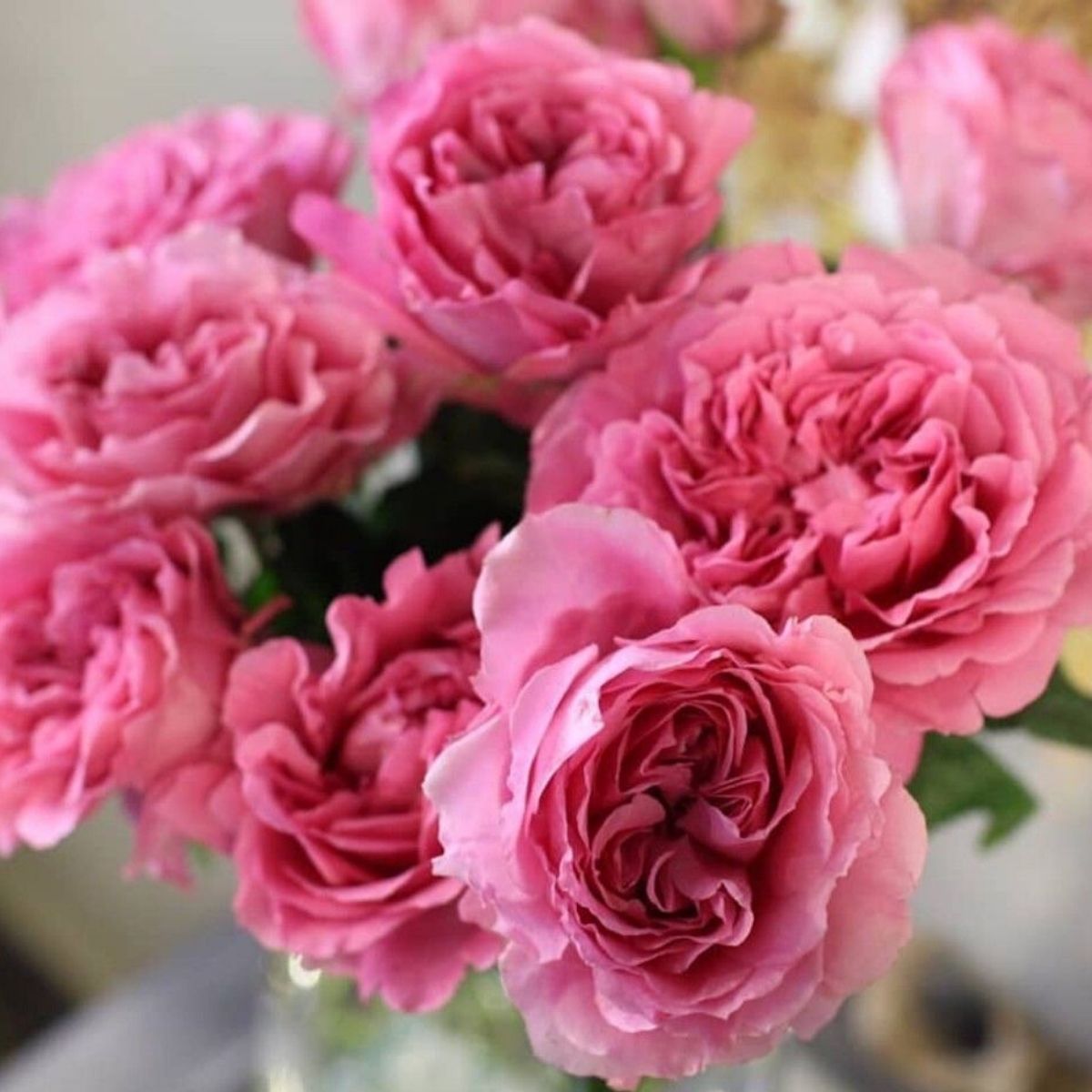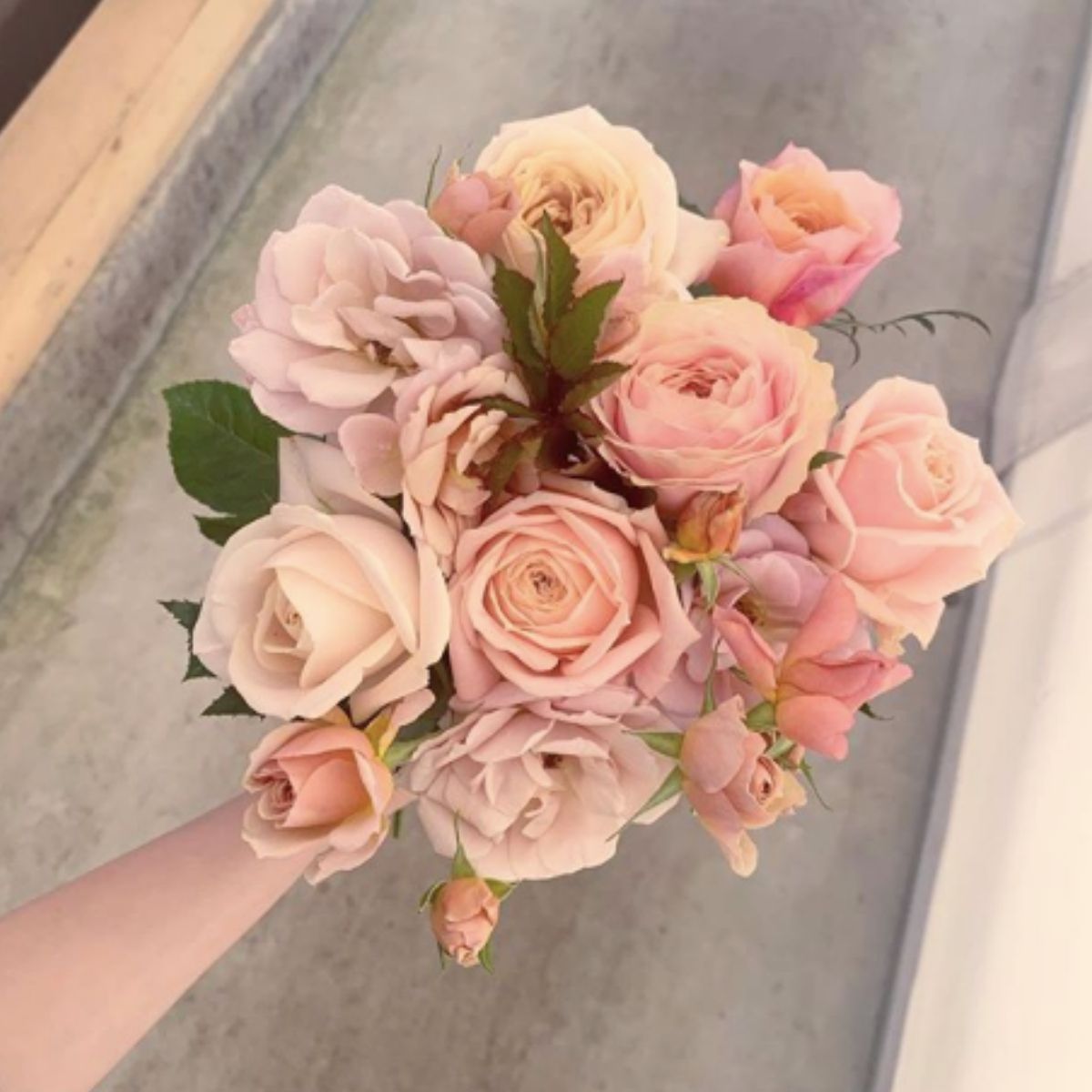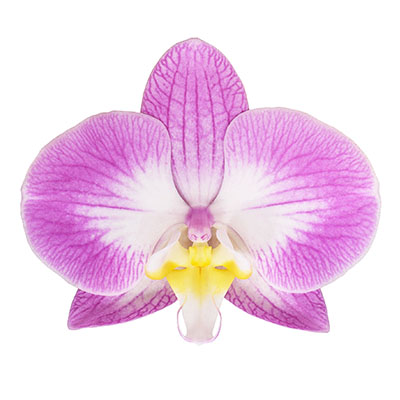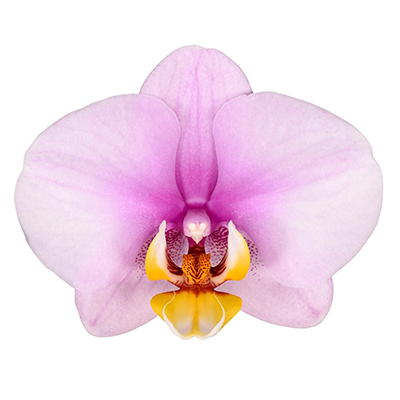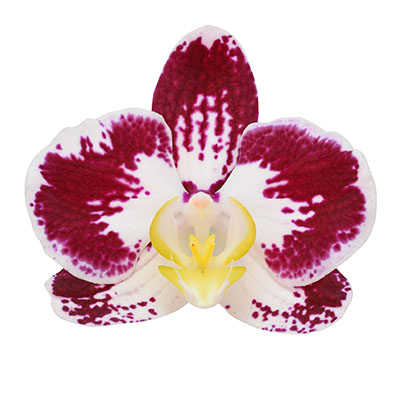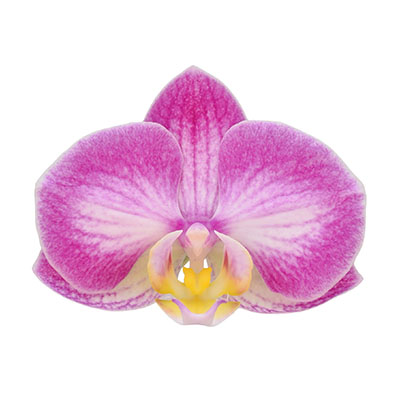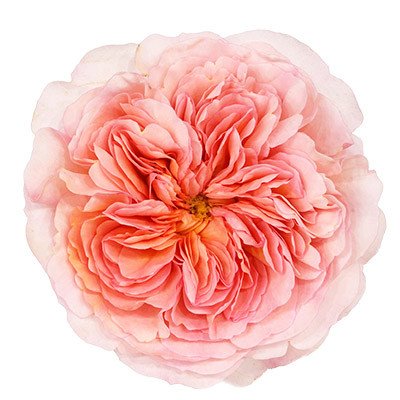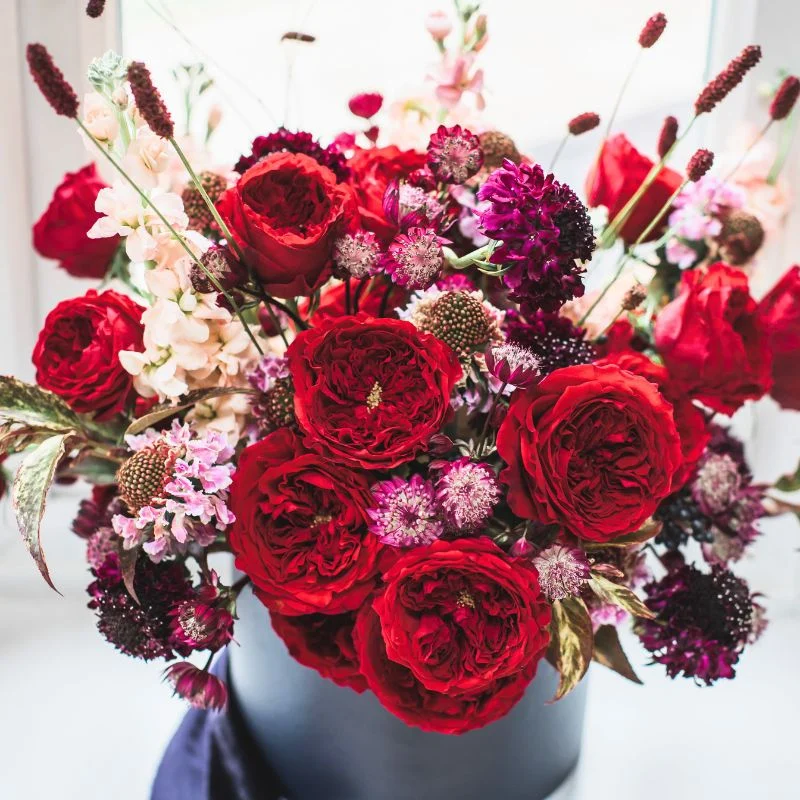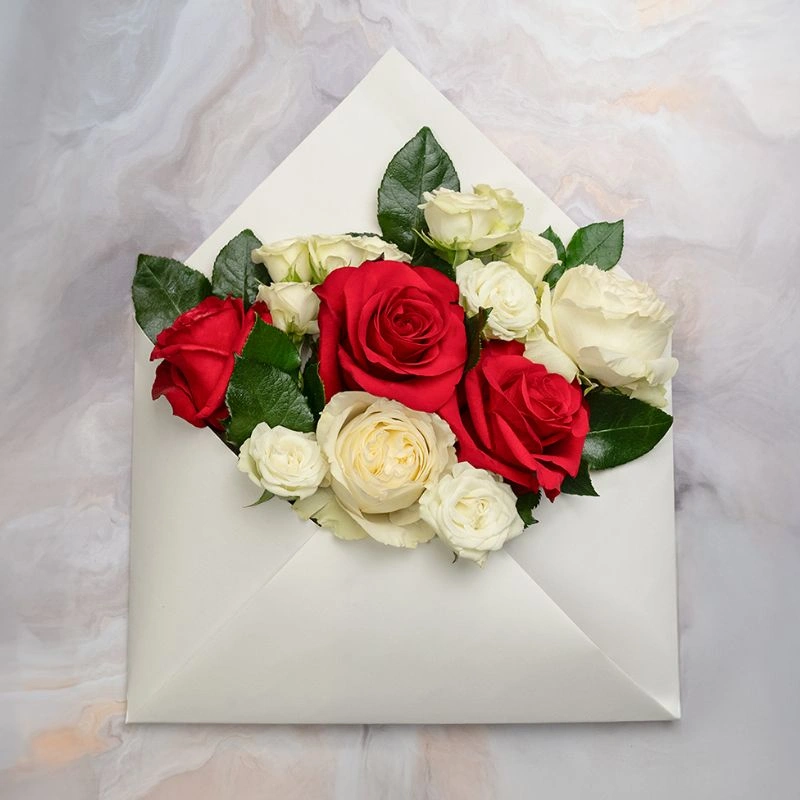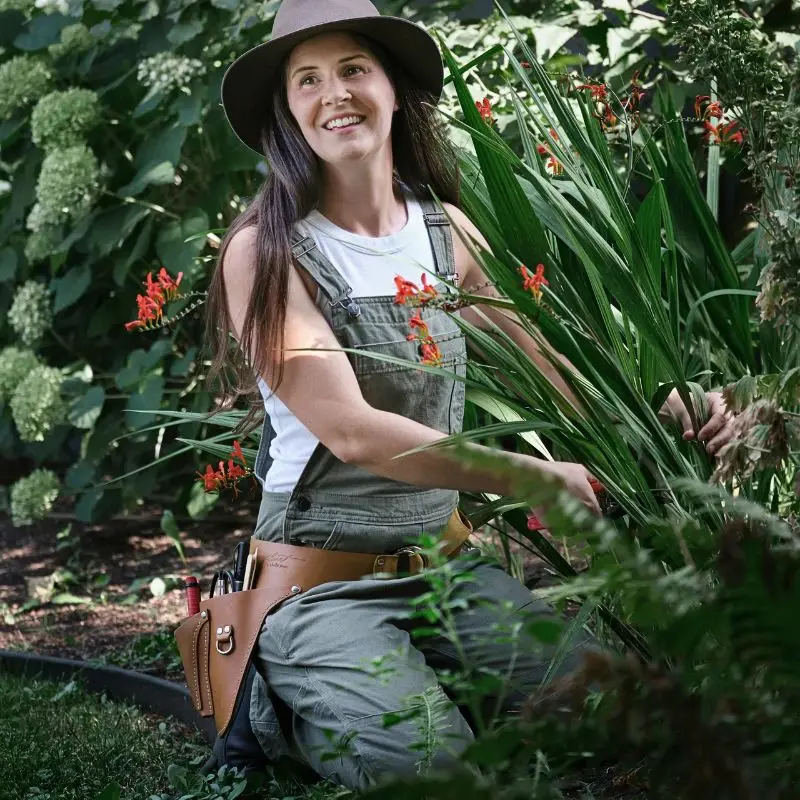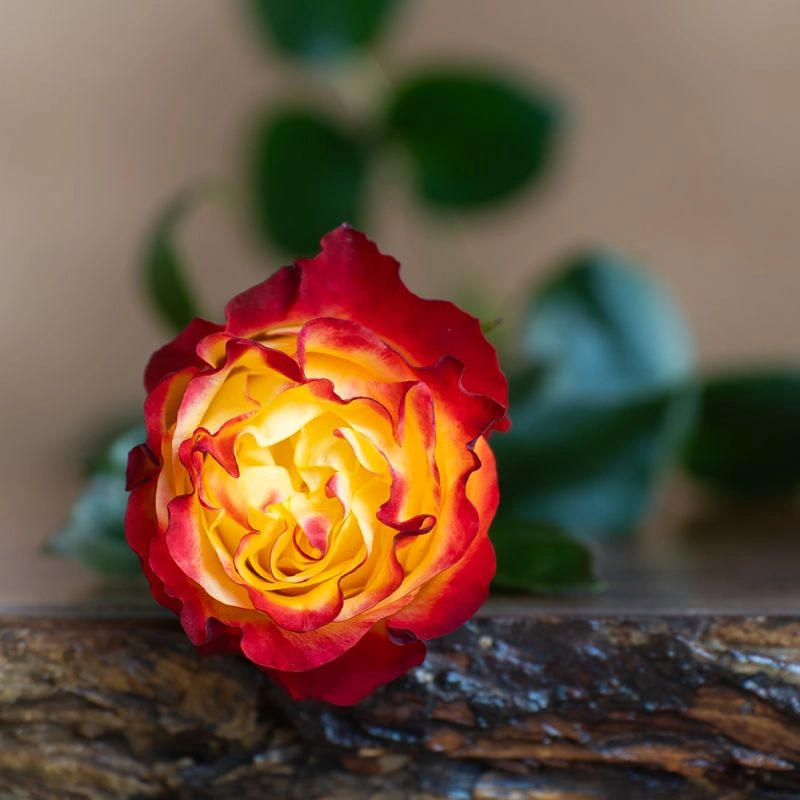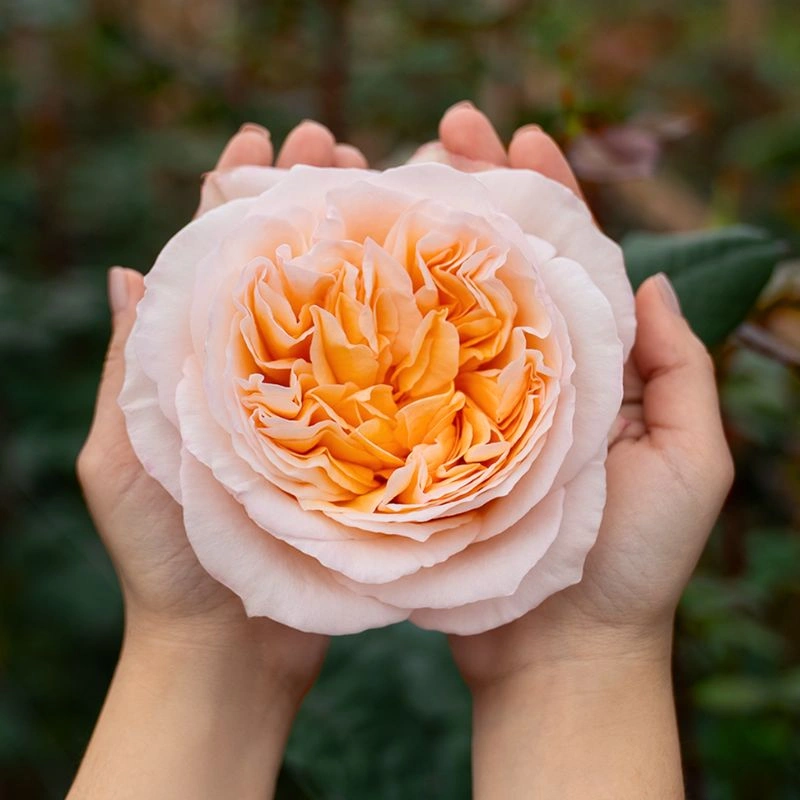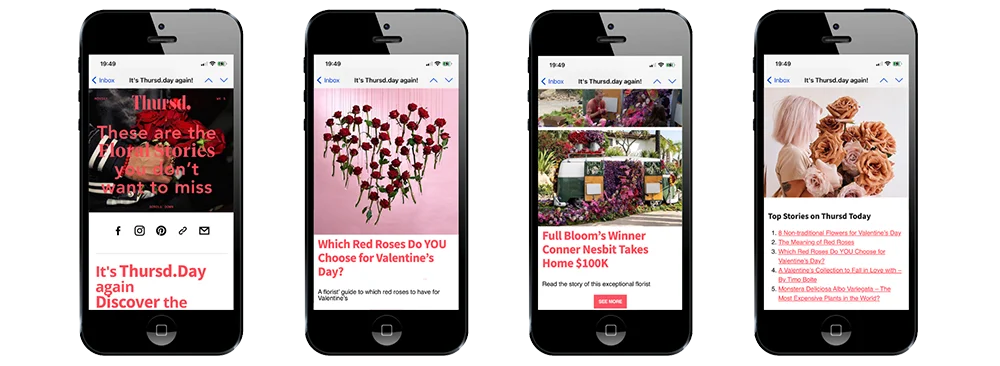This party girl’s vivid pink color evenly suffuses the entire blossom.
Rose Princess Meiko
Vivacious and youthful, Princess Meiko (Prosperous) flaunts her lovely color with rounded, layered, camellia-like petals. In the fully open flower, the outer petals make a flaring skirt, while the center petals cluster into quarters, begging to be lifted to the nose.
Party Girl
This party girl’s vivid pink color evenly suffuses the entire blossom. It evokes gaiety and pops in a palette of hot hues or contrasts beautifully with pink-tinted white flowers.
Rose Princess Meiko Care Tips
- Use a clean vase
- Flower food improves the life of your flowers significantly, and prevents the necks from bending
- Cut a few centimeters off the stem at an angle to open the veins for absorbing water
- Remove only the foliage at the bottom up to the point where the stem is in the water
- Refill the water when it gets 'cloudy'
- Keep the vase away from vegetables and fruits, because the ethylene gas produced by these will damage your flowers
- Take dying flowers out, so they won't infect the others
- Keep your flowers away from high temperatures and direct sunlight


